Diamond Ratings And Quality – The Definitive Guide
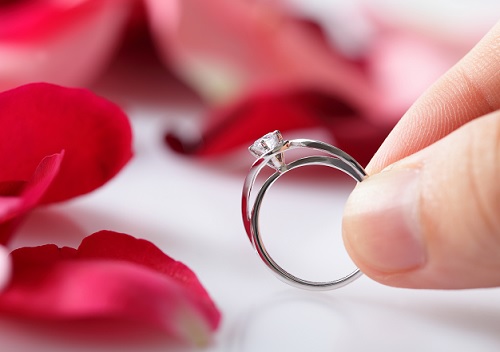
For most guys, buying a diamond engagement ring is an extremely stressful (and challenging) process to go through when planning a proposal. Can you imagine being hassled by a pushy salesperson who’s trying to hard sell you a $7,000 diamond ring while you are trying to determine the quality of the diamond with a level head?
It’s not easy and not a fun situation to be in especially when thousands of dollars are at stake.
Speaking from personal experiences, I can definitely empathize with many of such encounters. You see, the average person won’t have the necessary experience when it comes to choosing a diamond of good quality.
Make no mistake: Shopping for a high quality diamond is much more complicated than what you think.
If you blindly believe what a jeweler tells you about a diamond’s quality or depend solely on the ratings indicated by a grading report without performing due diligence, you are simply rolling the dice and praying for the best outcome when you make a purchase.
If you don’t want to get ripped off by an unethical jeweler or want to get the best value for your money, understanding diamond ratings and diamond quality charts (4cs) are a fundamental requirement.
And here are the five most important things you’ll learn about in this post.
1. Understanding Diamond Ratings – The 4Cs
2. Diamond Quality Charts And Rating Scales
3. How to Determine Diamond Quality?
4. What is the Best Diamond Quality?
5. What to Look For in a Diamond
6. Beyond4Cs.com’s Recommended Diamond Specs
Understanding Diamond Ratings – The 4Cs of Cut, Color, Clarity & Carat
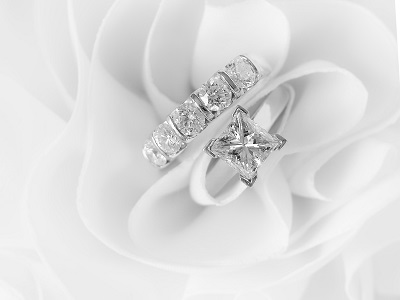
In the industry, the quality of diamonds is determined by a culmination of factors like Cut, Color, Clarity and Carat. For people who new to diamond ring shopping, things can quickly get complicated.
How do you make sense of technical jargon like diamond clarity ratings, color grading scales, cut grading systems and categorization charts?
To prevent information overload, I’ve curated the best resources to help you understand the 4Cs in a succinct manner.
All you need to do is to invest 30 minutes of your time into reading them and I guarantee you will be more knowledgeable than 90% of jewelry salespeople out there.
* Important Readings:
– Cut Quality: Why It’s the Most Important Diamond Specification to Look Out For
– Color: Explanation of the Color Scale And a Comparison Test You Can Do
– Clarity: What the Different Diamond Classification And Charts Mean to a Consumer
– Carat Weight: Size Matters And How You Can Use It to Save Money!
Diamond Quality Charts And Rating Scales Illustrated
For people who are in a time crunch, here’s a summary of the diamond rating scales and charts for your convenience.
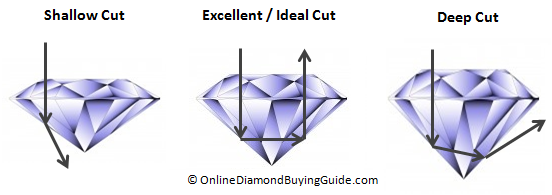
A well cut diamond has better light return which results in better sparkle and brilliance.

Classification of diamond color on a D (colorless) – Z (tinted) scale.

Clarity is an aspect that depicts the presence of inclusions and flaws in the diamond.

Carat weight is a measure of how heavy the diamond is and not necessarily how large it appears to be.
I strongly encourage you to read and understand the resources listed in the section above. By spending only 30 minutes of your time, it can potentially save you thousands of dollars from a bad purchase.
How to Determine Diamond Quality?
As a consumer, you will need to rely on a neutral 3rd party grading certificate to provide you with an accurate assessment of the diamond’s quality. Currently, there are only 2 reliable gemological institutes that does this with consistent and reliable standards: GIA and AGS.
Now, I want you to repeat this after me: “I will ONLY buy a diamond that’s graded by GIA or AGS.”
Get this statement etched into your brain because you will likely come across jewelers who offer in-house certificates or show you a report from a dubious gemological lab. Very often, they tout it to be as good as the ones issued by GIA/AGS.
They aren’t.
Unethical jewelers often market their “inhouse” certificates to be impartial and to be “as good as” GIA’s. This is done to rip off uneducated consumers through the misrepresentation of diamond quality.
Readings:
– Differences Between Gemological Labs And Grading Certificates – Who Should You Avoid
– Don’t Be a Victim of Grade Bumping Scams When Shopping For an Engagement Ring
– Think You Are Getting a Great Deal With Cheap or Wholesale Diamonds? You Better Think Again.
What is the Best Diamond Quality?
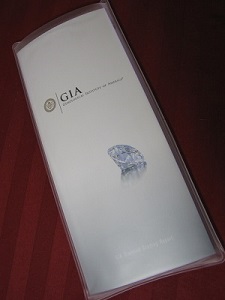
Using the GIA grading scale, the best diamond quality that you can get is a D color, Flawless clarity diamond with Excellent cut quality. In conjunction with these ratings, the symmetry and polish grades should both be Excellent as well.
In the market, most people have a misconception that fluorescence is a defect and they prefer diamonds that do not fluoresce. This would be listed in the grading report under the Fluorescence heading as “None” or “Negligible”.
* If you are buying a diamond with an AGS certificate, the cut quality terminology that is used would be different from GIA’s. Instead of excellent ratings, the best diamond quality for AGS would be listed as “Ideal”.
What to Look For in a Diamond?
I often get asked questions like “What is the highest quality diamond I can get for $x,xxx?” or “What are the best diamond specifications I should consider for a pair of earrings?”.
Well, my answer is: it depends on your personal preferences and objectives.
Technically speaking, the best ratings a diamond can achieve in terms of its material properties are: D color and flawless. These diamonds are extremely rare and command an excessively high premium in their prices.
Whether buying a diamond with the “best qualities” is worth it for consumer jewelry is a topic up for debate.
Personally, I like the idea of getting the “perfect” diamond if I have lots of disposable cash lying around. However, the practical side of me is saying “what’s the point of paying more when I can get an identical-looking diamond for an engagement ring at lower prices”.
In my opinion, cut quality should be the number 1 priority regardless of the jewelry’s purpose and this makes it a fixed factor in all scenarios. Once the other factors of color and clarity have been decided, you can easily decide on the largest corresponding carat size that fits into your budget.
Readings:
– What is the Best Diamond Clarity Rating You Should Consider
– Do You Know What’s the Average Size of Diamonds That Others Are Buying?
– Determining the Best Color Specifications For Your Engagement Ring
– How Much Should You Spend to Buy a Proposal Ring?
Beyond4Cs.com’s Recommended Diamond Specs
Depending on your goals and objectives of buying a diamond, you will probably have different requirements in the purchase.
To help you out, I’ve compiled a list of guidelines to give you a better idea of what to look out for and where you can begin shopping immediately.
For diamond engagement rings, the general specifications I would recommend are: F-G color, eyeclean VS2-SI1 clarity. This combination of factors will enable you to find a diamond that faces up white and get better value for your money.
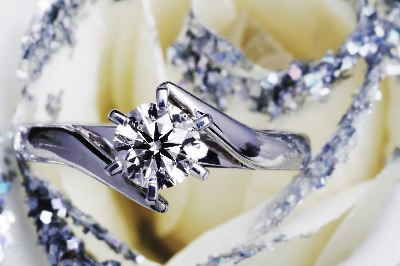
Recommended Links:
– James Allen: Access 100,000+ Certified Conflict-Free Diamonds in 360° HD Videos
– White Flash: Diamonds With Ideal Light Performance And Cut Quality
– Brian Gavin: Specializes in Hearts & Arrows Diamonds And Custom Engagement Rings
For people who are purchasing rings for symbolic reasons of love and purity, the specifications I would recommend are: D-F color and IF clarity.

Recommended Links:
– Click Here to Browse Hundreds of Internally Flawless Diamonds at James Allen!
– Blue Nile: A Bespoke Jeweler Offering Some of the Largest Selections of D/IF Diamonds
For vintage style engagement rings, the specifications I would recommend are: I-K color, eyeclean VS2-SI1 clarity. It’s generally OK to go down lower in color rating because a warmer tint will enhance the appearance of a vintage diamond ring.
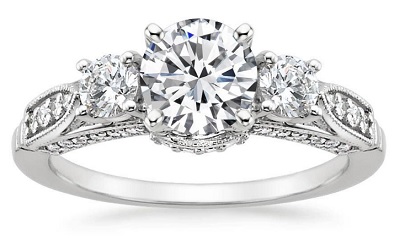
Recommended Links:
– A Comprehensive Guide to Old Mine Cut Diamonds (Vintage Cushion Shapes)
– Where to Find Old European Cut Diamonds With Ideal Cut Quality
– Best Designs for Vintage Diamond Engagement Rings to Consider
For bargain hunters and people with lower budgets for diamond rings, the specifications I would recommend are: I-K color, eyeclean SI2 – I1 clarity. At this lower end of the spectrum, you have to be realistic about what your budget can get you and be willing to compromise on some aspects of the 4Cs.
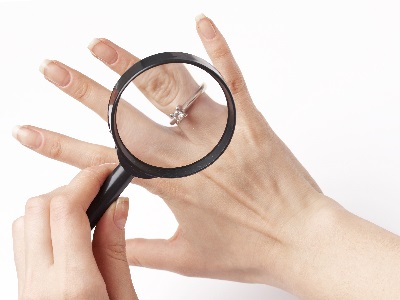
Recommended Links:
– Click Here to Browse For Diamonds Using Magnified Videos to Cherry Pick the Best Stone
– Blue Nile Offers Extremely Competitive Pricing For Loose Diamonds
For necklaces and earrings, you can safely go lower in color and clarity because the viewing distances are much further away. The recommended diamond specs would be: H-J color, eyeclean SI1-SI2.
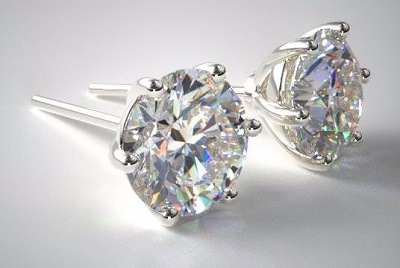
Recommended Links:
– Examine 1000s of H-J Color Diamonds Upclose Easily With Magnified Videos
– Click Here to Browse Through Matching Diamonds for a Pair of Earrings
For investment grade diamonds, you should be considering fancy colored diamonds (e.g. pink, red) or white diamonds with extremely large carat sizes (>10.0 carats) and high clarity grades (IF or FL).
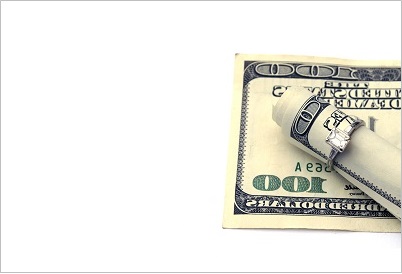
Recommended Links:
– Sotheby’s Auctions for Fine Jewelry And Diamonds
– Leibish & Co: Internationally Recognized Specialist For Fancy Colored Diamonds
Finally, I need to reemphasize that the guidelines above are not hard and fast rules. It is meant as a quick reference for you to assess and see the type of quality that are typically used for various applications.
So, I hope this article has provided you with an insight to diamond quality and what the various ratings mean.
Which kind of shopping category do you fall into and what are the qualities you personally look at when buying a diamond? Do leave a comment to let me know as I love hearing from readers!
Related Articles
Leave A Comment

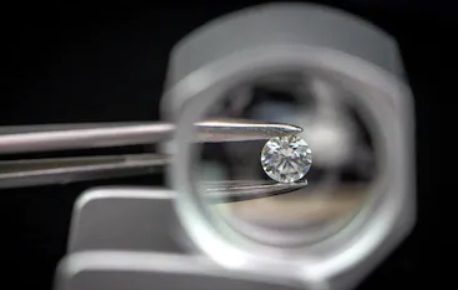
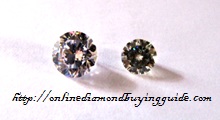
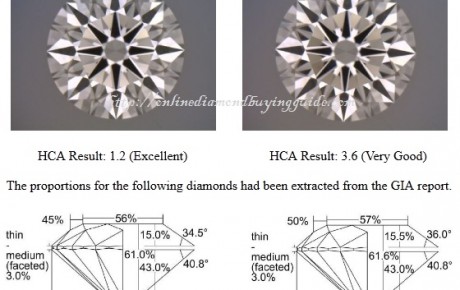










4 Comments
My brother is looking for a diamond ring for his girlfriend, to propose! When I got married, I never worried about cut and clarity, but it is something he is concerned about. I appreciate your advice here to find a flawless D color diamond if it is worth it for your budget. In the end, I agree that it is more important to find something that she will love that won’t break the bank!
Hi Paul,
First of all thanks for your website, it allowed me to avoid a bad purchase, I’m really grateful for that. I kept searching with quite dismal results until this morning when I fell on something potentially of interest.
I made a visit to a jewler who had a big choice of stones, who proposed me a 0.80 E SI1 VG round cut diamond. There are a couple of other SI2 diamonds that were recommended but I wasn’t comfortable seeing the amount of inclusions in the grading report even though I was told that the differences between SI1 and SI2 ratings weren’t big.
https://www.gia.edu/report-check?reportno=6202159085
At the beginning I was driven away by the large table and the thick girdle, but then I noticed that he had a Sarine machine in his lab and I asked him if he could run the stone in it.
Surprisingly he agreed and the outcome was much better than I expected. Basically the cut respected all the GIA Excellent criteria for a 60% table stone, apart from Girdle thickness, which bounced it back to VG.
But more importantly, the ray-tracing software gave a very good return in terms of brilliance, fire and scintillation. All values were in the high “Very Good” range, with brilliance and fire just shy of Excellent.
I then asked him to run two other diamonds, a poor one and an outstanding one (according to certificates), just to verify the accuracy of the machine and honestly the results it gave were the expected ones, so I’d exclude a malicious use of the Sarine tools.
What are your thoughts on this? May this be the case of a diamond that performs very well despite being far from your ideal sizes? Or I should doubt the Sarine results?
Another good point, the stone looks eye clean. Under the magnifying lens I could see the wisp, but no matter how hard I looked I couldn’t find the feather.
Let me know what you think about this, I’m running out of time and suddenly this looks like a viable option.
Thanks in advance for your help.
Phil
The differences between SI2 and SI1 diamonds are pretty technical and I would say that SI2 is the cut off point for me because they tend to have inclusions that pose issues to durability or affects light return.
Next, I can tell you with 100% certainty that this diamond is garbage tier cut quality. For a jeweler to actually make such a recommendation to you tells me 2 things. One, he has zero idea what cut quality is. Or two, he knows what he is doing and is being a scumbag by pedaling this stone to you.
There is NO WAY that this diamond is well cut. The proportions are way off and the cut grade reflects that. Here’s a layman’s definition of what the various GIA cut grades mean:
Very Good Cut = Garbage
Excellent Cut = Must do due diligence and ask for tangible data.
You are wasting your time with this jeweler. Go here instead: https://beyond4cs.com/best-place-to-buy-engagement-ring/
I like how you explained that the D color and flawless are the best ratings that a diamond can be graded based on its materialist properties. People who look to buy diamond jewelry should ensure that they are getting the best material available and that they aren’t being scammed into buying a bad diamond. Thank you for this advice it will help many people as they go jewelry shopping.